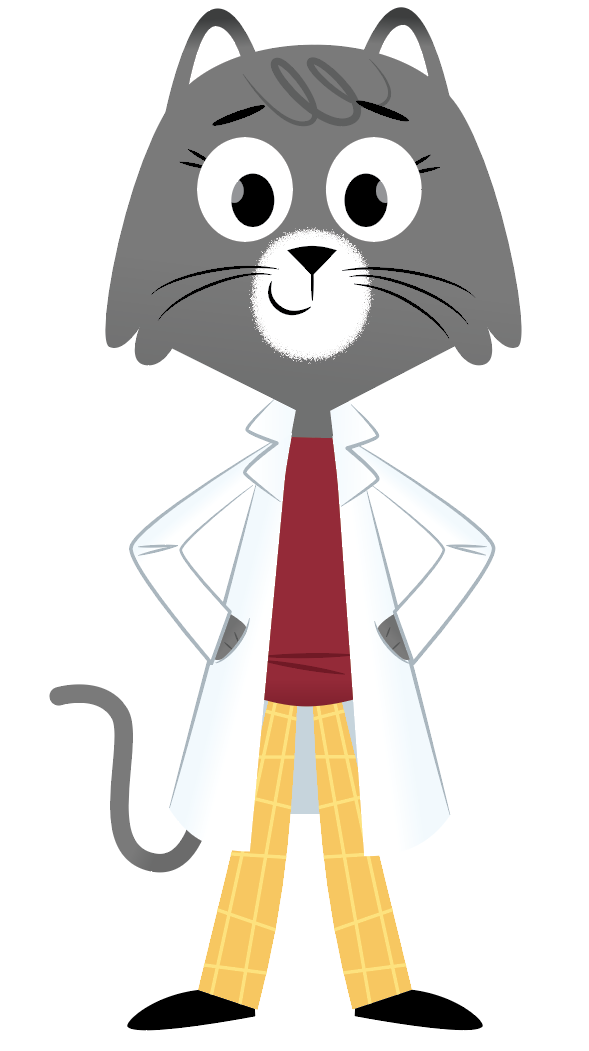Dear Pablo,
Next time you eat an orange, try getting the peel off in one piece. Next, try to flatten out your peel. You’ll likely find it a bit tricky to make something round perfectly flat.
The same is true when we map our three-dimensional world onto a flat surface. It doesn’t work very well. That’s what I found out when I went to visit my friend Rick Rupp, a Washington State University researcher.
Rupp is an expert on geographic information systems, which can help us capture and analyze the geography of our planet. He explained that maps can show us all kinds of things and even help us solve problems.
 For example, maybe you want to find the quickest way to sail across the Atlantic Ocean. Believe it or not, that’s why the map in a lot of classrooms looks the way it does. It was designed to help sailors navigate the seas.
For example, maybe you want to find the quickest way to sail across the Atlantic Ocean. Believe it or not, that’s why the map in a lot of classrooms looks the way it does. It was designed to help sailors navigate the seas.
If you look at this map, you’ll see the U.S. and South America on the left, Africa, Europe Asia, and Australia on the right. There’s the Arctic up north and a big landmass of Antarctica down south.
Since it’s hard to get something three-dimensional translated to two-dimensional surface, map makers have to find the best way to communicate the information. Sometimes they make what are called projections. The map we see in many classrooms is a Mercator projection, named after the map maker Geradus Mercator who made it in the 1500s.
While this map might be great for getting across the Atlantic, you might want to find a different map if you are looking to find precise location and sizes of different lands.
Rupp said that on this map Greenland looks just about as big as Africa. But Greenland is actually about 16 times smaller than Africa. And while Alaska looks like a giant frontier, it’s actually smaller than Mexico.
Satellite imaging in the last few decades helped us get a better 3-D image of our planet. We can’t see our whole planet at once, so satellites out in space take pictures of our Earth. This is helping us put together the puzzle of our planet’s geography.
Maps have all kinds of purposes and Rupp has even helped farmers map different kinds soils in Africa from his office right in Washington State. If you made a map, what might it look like? Maybe it would help solve a problem. Maybe it can take you on an adventure. Grab a paper and pencil. Maybe you’ll map out your house, your neighborhood, or even your state. Tell me how it goes sometime at Dr.Universe@wsu.edu.
Sincerely,
Dr. Universe
3 Ways to Your Explore Your World from Dr. Rick Rupp
- Try out a new view of your world. Compare different map projections here.
- Play with this interactive map to explore actual sizes of countries.
- Make your own map. Here are some ideas from kids featured on National Geographic.